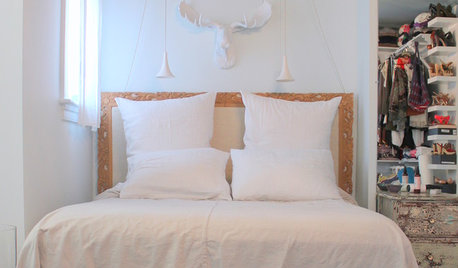Sightsee'g recommends. solicited for trip SydneyAus &NewCaledonia
arauquoia
17 years ago
Related Stories

MOST POPULAROvernight Guests Coming? How to Be a Great Host
Ensure a good time for all — including yourself — by following these steps for preparing for and hosting houseguests
Full Story







jaro_in_montreal
davevallejo
davevallejo
jaro_in_montreal
pineresin
davevallejo
jaro_in_montreal